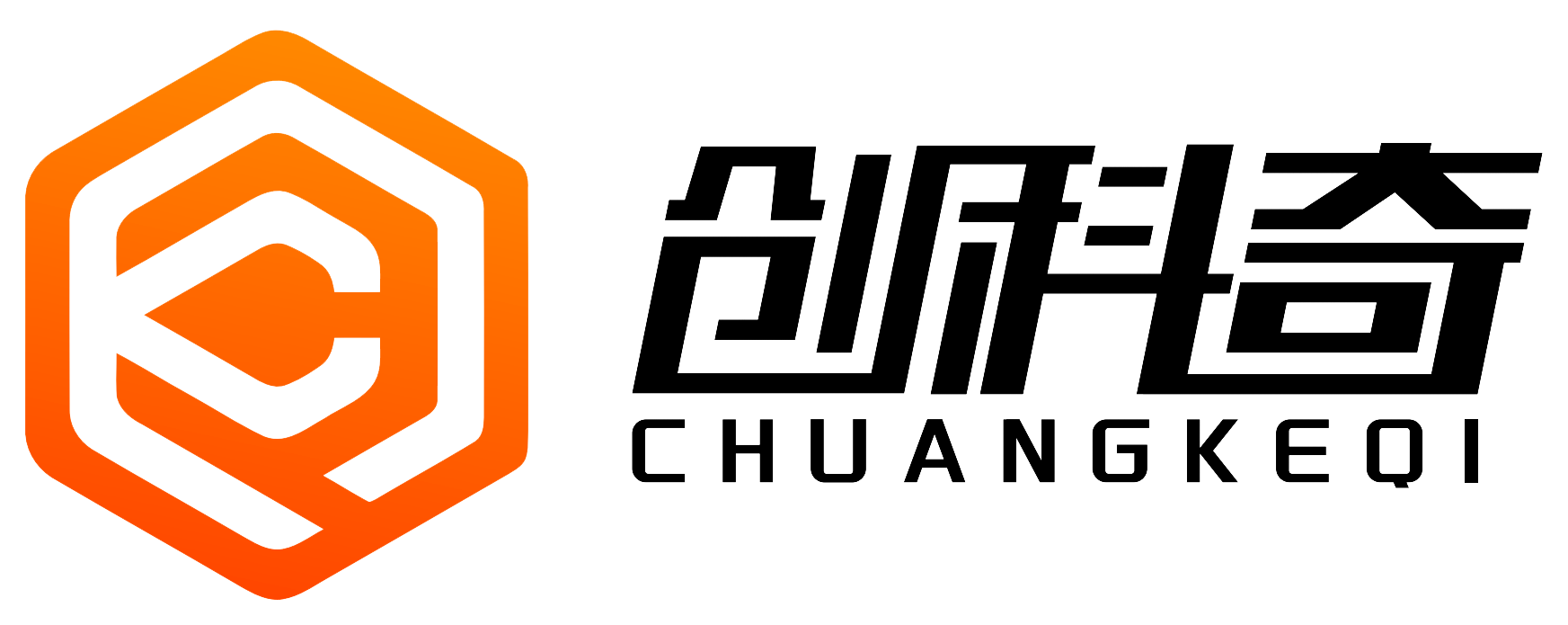What are the differences between Chinese enzymes, Japanese enzymes and American enzymes?
Time:2024-01-30
There are many types of enzymes on the market, mainly divided into domestic and imported ones. Faced with enzymes from different places, many consumers will hesitate in choosing. Should they choose imported enzymes or domestic enzymes? Which country's enzymes should they choose when choosing imported enzymes? Today we will learn about the differences between enzymes from several countries that are currently popular in the market, so that everyone can make a better choice.
01 Japanese enzymes
Japanese enzymes are mostly fermented from plants, fruits and vegetables, emphasizing the extraction of essences. They are concentrated from hundreds of fruits and vegetables and mixed with water. The reason why Japanese local residents take enzymes is that the production of fruits and vegetables in Japan is insufficient and the price is relatively high, resulting in most Japanese people usually not consuming enough fruits and vegetables. Eating enzymes can be used to supplement the body's needs.
In Japan, enzymes are classified as nutritional functional foods. Japan's definition of nutritional functional foods is health foods that can supplement specific nutrients. Such foods do not need to apply for a license in Japan, as long as they are registered, and the government adopts a post-supervision and management approach. Japan is not strict in the management of enzymes, nor does it require scientific verification of whether they are effective, and its packaging will not promise specific effects.
Enzymes produced in Japan usually chop vegetables and fruits into pieces and ferment them in a ceramic jar, and then combine them with fermentation bacteria for 6 months of preliminary fermentation.
During the fermentation period, manual stirring is performed every day to make the fermentation more complete.
In a sealed environment, the temperature and humidity are controlled, and the essence is extracted after 2-3 years of full fermentation.
Another part of the enzyme is to use quantum water to extract the essence of wild grass raw materials at high temperature, mix the wild grass essence with fruit and vegetable fermentation liquid, and put it into a special ceramic jar for fermentation. The fermentation time is about one year.
Most Japanese enzymes use manual stirring in the production process, and most of the raw materials are plant fruits and vegetables. Most of them appear in the form of tablets, and their biggest selling point is the hundreds of concentrated fruit and vegetable ratios.
02 American enzymes
The United States is the development and origin of modern enzymes. Its products are mostly in the form of tablets and capsules. Compared with the singleness of Japanese products, American enzymes are relatively more. In addition to plant comprehensive enzymes extracted from a variety of fruits and vegetables, there are also protein enzymes, soybean enzymes, and coenzyme enzymes.
Most enzymes developed and produced in the United States are based on the common eating habits and lifestyles of Americans to develop products that are suitable for their physical constitution. Because the eating habits of the United States are very different from those of China, the lifestyles are also very different, and the physical constitution of the human body is also different, which leads to differences in human functions and nutritional needs.
The enzymes produced in the United States are mostly fermented with hundreds of species of animals and plants as raw materials and made in the form of extraction. They are mostly found in tablets and capsules.
The production process of enzymes in the United States mainly relies on modern technology. From the cleaning of raw materials to fermentation to canning, most of them are mechanical operations.
03 Chinese enzymes
Due to the impact of the epidemic, many Chinese people have begun to pay attention to health and wellness, so the domestic enzyme industry is already full of vitality. When domestic enzymes are developed, they are also based on the physical functions and nutritional needs of Chinese people for reference. Therefore, from the perspective of physical constitution, generally regular domestic enzymes are more suitable for Chinese people than imported enzymes, and the taste is more in line with our eating habits.
The production of Chinese enzymes inherits the ancient fermentation process, combines modern scientific and technological technology, and adds a strict monitoring process, making it different from Japanese enzymes and American enzymes.
Domestic regular enzyme factories are usually more sophisticated in the production and fermentation process of enzymes. During the fermentation process, pure natural, pollution-free, high-quality natural organic raw materials are generally selected, and fruits and vegetables with the same properties are fermented in batches to ensure that plants and vegetables do not repel each other and stabilize the quality.
The fermentation of Chinese enzyme raw materials is divided into multiple stages, each stage is strictly monitored, and different temperatures and humidity are controlled in each stage, and different types of beneficial bacteria are gradually implanted. Stirring during the period, after the fermentation stage is completed, filtering, and then entering the aging stage. The entire fermentation process of Chinese enzymes generally lasts about 360 days, during which time, the strains and enzyme activity are regularly monitored every week.
Although enzymes originated in Japan, if we want to trace the origin of enzymes, we should start with my country's traditional fermentation technology. Therefore, now we have improved on the basis of inheriting the ancient fermentation method and combined it with modern technology to have the unique fermentation process of Chinese enzymes.
04 How to choose the enzyme that suits you
At this point, some consumers may have doubts in their minds. There are many types of enzymes at home and abroad, and the quality is even more uneven, which makes it difficult to choose. So how to choose an enzyme product?
There are endless enzyme brands on the market. When purchasing imported enzymes, we must purchase products that have passed inspection and quarantine from regular channels. The product packaging must have Chinese labels. When purchasing, we must pay attention to the product nutritional information table, production date, shelf life, name and address of the producer or distributor, contact information, etc., and you can also ask to see the "Incoming Goods Inspection and Quarantine Certificate" issued by the inspection and quarantine agency for verification to ensure product quality. The same is true for purchasing domestic enzymes. It is also necessary to choose enzyme products produced by regular manufacturers with inspection and quarantine certificates.
In fact, the enzymes produced by regular enzyme factories in China today are comparable to enzymes in other countries. Both the quality of raw materials and the fermentation process are much more orthodox.
Enzymes from different countries have their own advantages. The most important thing in choosing is to purchase them through regular channels and choose enzyme products produced by regular enzyme factories with production qualifications.
Related News
Vitamin Candy with Natural Nutritional Ingredients Becomes a New Highlight
2024.12.26
Rising Demand for Children’s Vitamin Candy Highlights Market Potential
2024.12.26
Vitamin Candy Becomes a New Trend in the Healthy Snack Market
2024.12.26
Vitamin Candy Adds a New Choice for Healthy Living
2024.12.26







